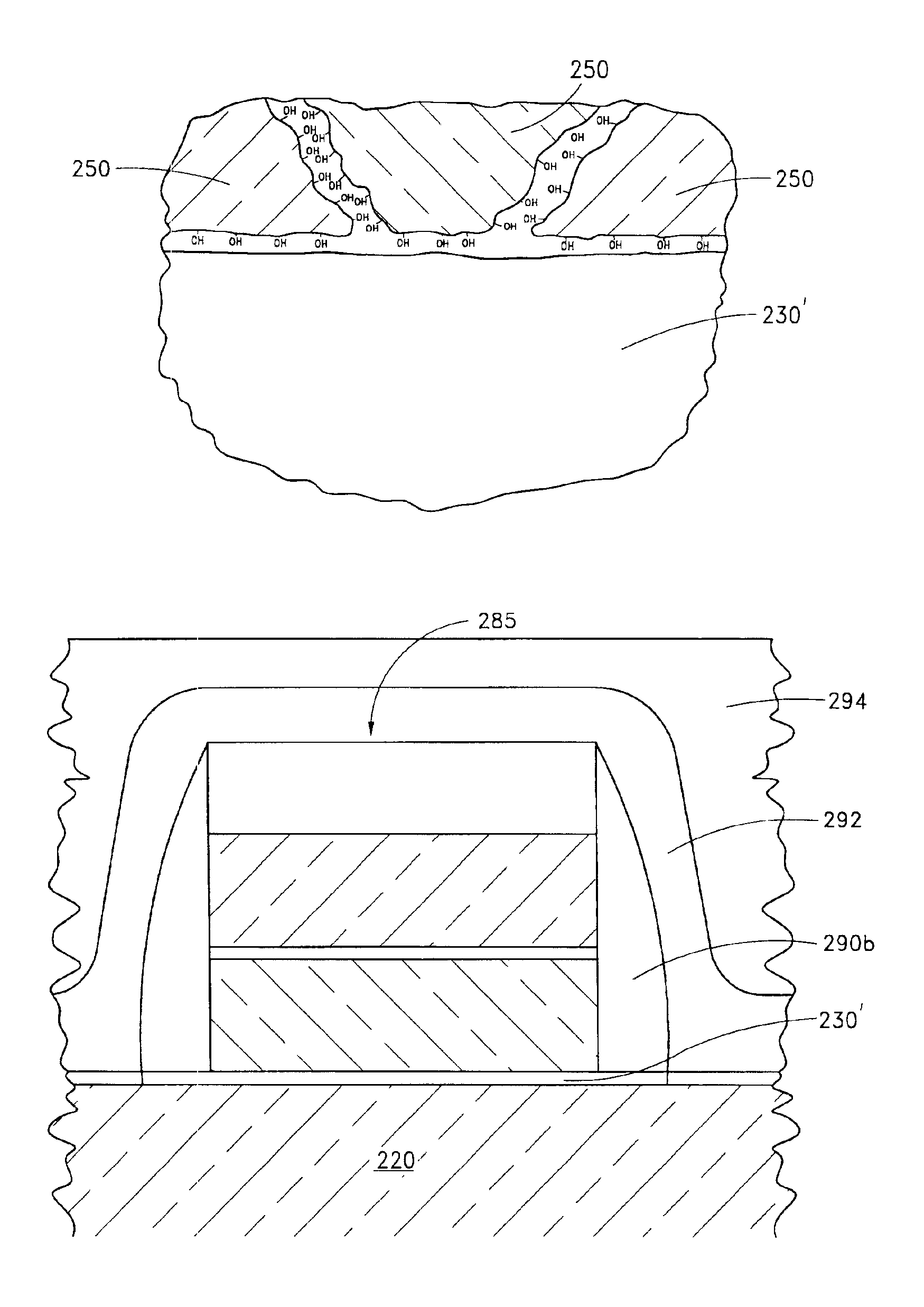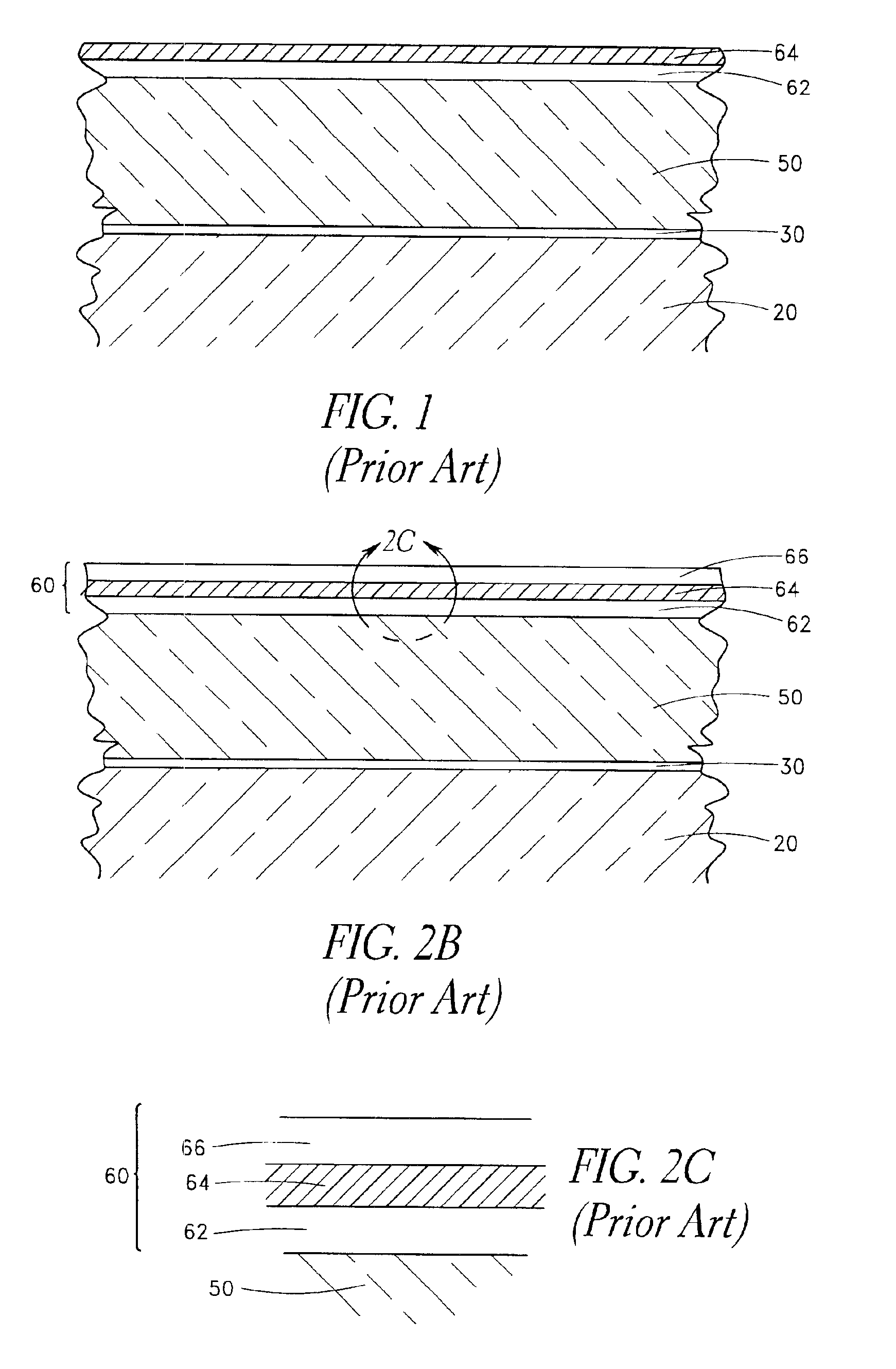Use of dilute steam ambient for improvement of flash devices
a technology of flash devices and ambient, which is applied in the direction of semiconductor devices, electrical apparatus, transistors, etc., can solve the problems of finite soft error rate and affecting the performance of underlying devices, and achieve uniform thickness, improve the performance of the resulting device structure, and increase the oxide thickness of a storage dielectric layer at the same time
- Summary
- Abstract
- Description
- Claims
- Application Information
AI Technical Summary
Benefits of technology
Problems solved by technology
Method used
Image
Examples
Embodiment Construction
[0027]While illustrated in the context of an electrically erasable programmable read only memory (EEPROM) device for flash memory circuits, persons skilled in the art will readily find application for the present invention to fabrication of other semiconductor integrated circuit devices. In particular, methods disclosed herein are applicable to improving dielectric-conductor interfaces in a wide variety of device designs with a wide variety of process flows. The methods described herein, however, have particular utility for improving the performance of dielectric layers in flash memory gate stacks.
[0028]FIG. 1 illustrates an interim structure during the fabrication of an EEPROM transistor 10 in a flash memory cell constructed using prior art methods. The EEPROM transistor 10 includes a stacked gate structure 26 fabricated over a semiconductor substrate 20, which in the illustrated embodiments (and the prior art figures) is formed from the upper portion of a single-crystal silicon wa...
PUM
 Login to View More
Login to View More Abstract
Description
Claims
Application Information
 Login to View More
Login to View More - R&D
- Intellectual Property
- Life Sciences
- Materials
- Tech Scout
- Unparalleled Data Quality
- Higher Quality Content
- 60% Fewer Hallucinations
Browse by: Latest US Patents, China's latest patents, Technical Efficacy Thesaurus, Application Domain, Technology Topic, Popular Technical Reports.
© 2025 PatSnap. All rights reserved.Legal|Privacy policy|Modern Slavery Act Transparency Statement|Sitemap|About US| Contact US: help@patsnap.com



